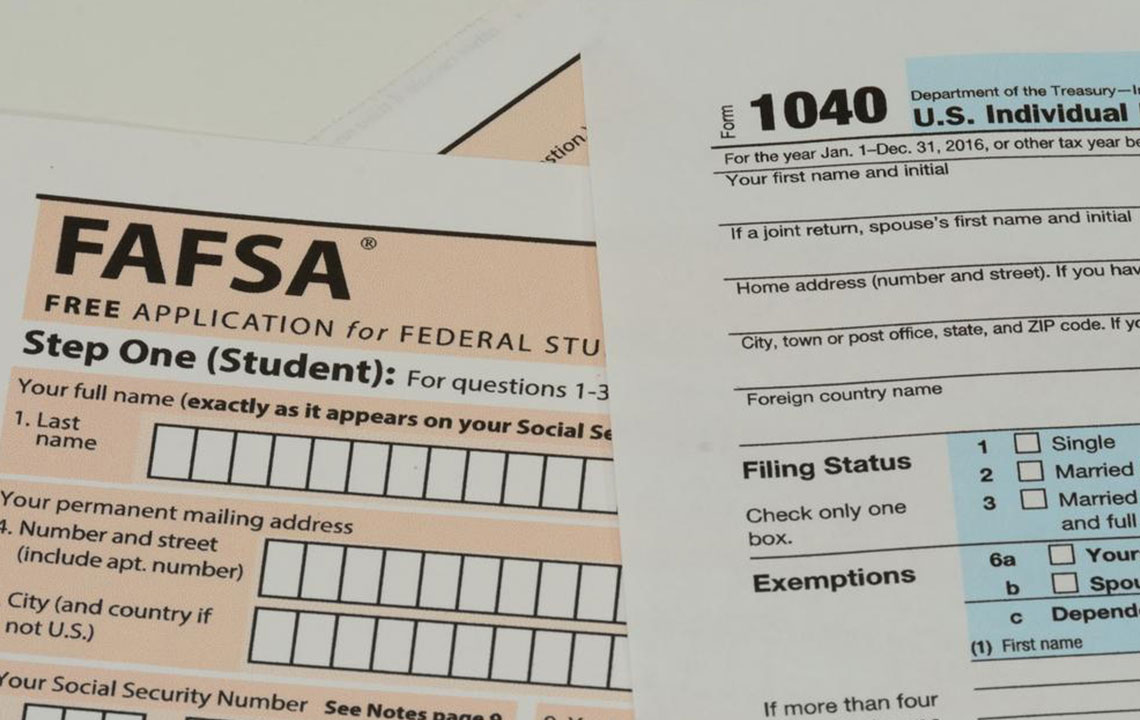Comprehensive Guide to Repaying FAFSA Financial Aid and Understanding Your Obligations
This comprehensive guide explains the different types of financial aid offered through FAFSA, emphasizing which funds require repayment and how students can plan their finances responsibly. Understanding these details is crucial for responsible borrowing and long-term financial stability in higher education.

Do I Need to Repay Money Received Through FAFSA?
Filling out the Free Application for Federal Student Aid (FAFSA) is a crucial step for students seeking financial assistance to fund their college education. The aid provided through FAFSA can significantly reduce the financial burden faced during higher education, making it more feasible for students to pursue their academic and career goals. However, understanding the repayment obligations associated with different types of FAFSA aid is essential to avoid surprises and plan responsibly for the future. This article offers a comprehensive overview of the various forms of aid available, their repayment requirements, and tips for financial planning.
FAFSA offers several types of financial support, including grants, work-study opportunities, and loans. Each of these plays a different role in the financial aid landscape, and their repayment statuses vary significantly. Grants and work-study programs are designed to provide financial assistance without requiring repayment. Grants are typically awarded based on financial need and are considered gift aid, meaning students are not obligated to pay them back. Work-study programs offer part-time employment opportunities on or near campus, allowing students to earn money to help cover education costs without incurring debt.
Loans, on the other hand, are a form of borrowed money that must be repaid with interest. Understanding the different types of loans available through FAFSA is critical for students and their families. Federal student loans generally offer more favorable repayment terms compared to private loans. These loans include Direct Subsidized Loans, which are need-based and do not accrue interest while the student is in school, and Direct Unsubsidized Loans, which accrue interest from the time they are disbursed. Parent PLUS loans, another type often linked with FAFSA, are borrowed by parents to help pay for college costs and typically require repayment shortly after the funds are disbursed, with interest accruing during the college years.
After submitting the FAFSA application, students receive a Student Aid Report (SAR), which summarizes their financial information and highlights the expected contributions from students and families. Based on the SAR and the college’s assessment, an award letter is generated, detailing the types and amounts of aid the student qualifies for, including grants, work-study, and loans. It’s essential for students to review this award carefully to understand which funds need to be repaid and which are gift aid. This understanding enables students to make informed choices about accepting or declining certain types of aid.
For loans accepted as part of the financial aid package, repayment begins after a designated grace period once the student graduates, leaves school, or drops below half-time enrollment. Federal student loans come with several repayment plans, including standard, income-driven, and extended repayment options, designed to accommodate different financial situations. It's advisable for students to familiarize themselves with these options early on to ensure manageable repayment strategies are in place. Failing to meet repayment obligations can affect credit scores and future borrowing ability, emphasizing the importance of responsible financial planning from the outset.
In addition to understanding repayment terms, students should consider the long-term implications of borrowing. While loans can be instrumental in funding education, over-borrowing or defaulting on loans can lead to serious financial difficulties. Therefore, it’s essential for students to borrow only what they need and explore scholarships, grants, and work-study as primary sources of financial support before turning to loans.
Ultimately, grasping the distinctions between different types of FAFSA aid and their associated repayment obligations is vital for responsible financial management. Students should leverage resources provided by their colleges and the federal government, such as loan counseling and financial literacy programs, to develop a clear understanding of their commitments. With proper planning and awareness, students can successfully navigate the complexities of repayment, avoid unnecessary debt, and build a strong financial foundation for their future careers.
Reviewing your FAFSA award letter carefully is crucial in understanding your financial obligations. Differentiating between grant aid and loans helps you make informed decisions that align with your financial goals. Effective repayment planning from early on ensures you can manage student debt responsibly, paving the way for a stable financial future.





